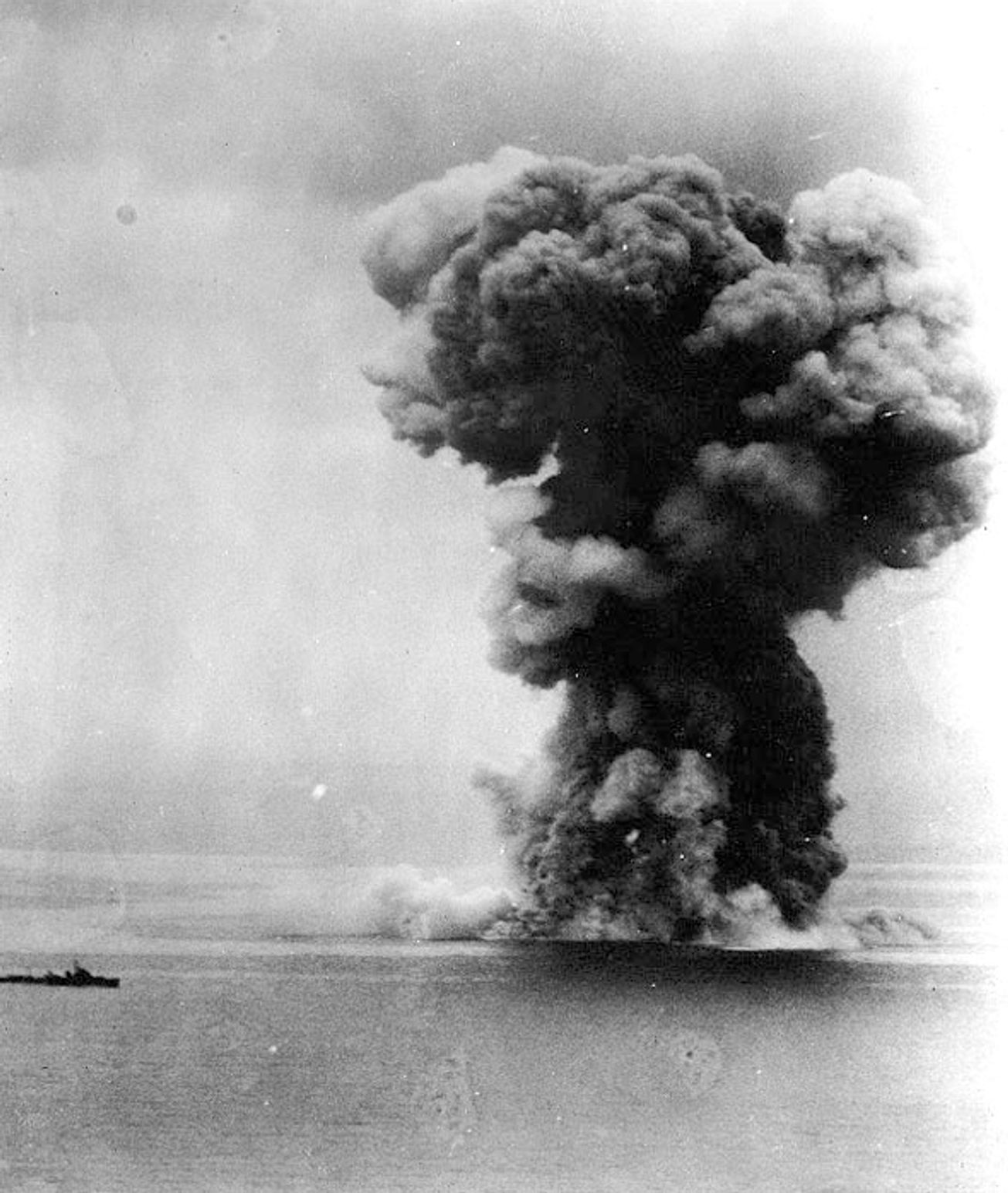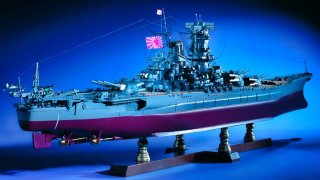Yamato: Biggest Battleship Ever Was 72,000 Tons of Raw Naval Power
Yamato: At the end of the day, it took hundreds of aircraft, three waves of determined aerial attacks, and 17 direct bomb and torpedo hits to sink the largest battleship to ever sail the waters.
Summary: The Yamato, commissioned in 1941, was the largest battleship ever built, marking the peak of battleship engineering before becoming obsolete with the advent of aircraft carriers post-World War II.

Weighing nearly 72,000 tons, the Yamato was equipped with the largest naval cannons in history, 18.1-inch guns, capable of firing shells over 26 miles.
Despite its impressive armament and armor, the Yamato's final mission in 1945 was a suicide attack against U.S. forces in Okinawa. It was sunk by American aircraft after receiving 17 direct hits, ending the era of the battleship with a dramatic conclusion to its service.
The Yamato: The Last Titan of the Battleship Era
Once upon a time, battleships ruled supreme in naval operations. Hundreds of feet long and equipped with some of the largest guns in the world, battleships instilled fear in the enemy and brought courage to friends.
The era of the battleship didn’t last long. Introduced in the late 1800s, battleships were outdated by the end of World War Two, when aircraft carriers replaced them in combat effectiveness.
But before the battleship became outdated, events decided that it should go out with a bang.
Yamato: The Largest Battleship in History
At almost 72,000 tons, the Japanese Yamato was the largest battleship in history. Commissioned in 1941, a few days after the attack on Pearl Harbor, the Yamato was an impressive feat of human engineering.

The massive warship could still reach speeds of up to 27 nautical knots (31 miles per hour) and had an operational range of 8,300 miles. As a massive warship, the Yamato required a large complement to function. At the time of its last mission in 1945, the warship carried 3,322 officers and men.
Besides its size, what made the Yamato stand out was its armament. After its final modifications in 1945, the Yamato carried 205 guns.
In terms of main guns, the Yamato carried the largest cannons in naval history. The 18.1-inch (460mm) cannons were huge, and Japan had to lie that they were smaller during the design period. Each gun weighed over 360,000 lbs, or 180 tons, which is more than three M1A2 Abrams main battle tanks. The Yamato carried nine 18.1-inch guns in three turrets. These cannons were only used on the Yamato and its sister ship, the Musashi.
The munitions were equally large. The 18.1-inch cannons could fire three types of ammunition: armor piercing, high explosive, and anti-aircraft. The armor-piercing shells weighed more than 3,200 pounds, while the high explosive and anti-aircraft rounds weighed about 3,000 pounds, or 1.5 tons! The 18.1-inch cannons could fire shells at targets up to 26 miles away.
The Yamato also carried six 6.1-inch guns (155mm) that could be used against ground targets and enemy aircraft.
In terms of secondary weaponry, the Japanese battleships carried six 6.1-inch guns (155mm) that could be used against ground targets and enemy aircraft. In addition, the Yamato packed 12 5-inch (127mm) cannons, 162 25mm anti-aircraft guns, and four 13.2mm anti-aircraft machine guns.
As for defense, the Yamato had a 16-inch armor along its waterline and up to 9 inches of steel armor on its decks. The three turrets carrying the 18.1-inch guns had 26-inch steel armor.
The Last Dance
As the U.S. forces landed in Okinawa in April 1945, Japan launched Operation Ten-Go. It was a suicide mission with the goal of destroying the U.S. landing forces. Military planners chose Yamato to lead this last dance.

U.S. naval forces around Okinawa received the word about the incoming Yamato and its battlegroup. Although the U.S. Navy decided to attack by air, such was the concern about the Yamato that 34 battleships, cruisers, and destroyers set sail to intercept it.
On April 7, 1945, American aircraft spotted Yamato and its battlegroup.
At the end of the day, it took hundreds of aircraft, three waves of determined aerial attacks, and 17 direct bomb and torpedo hits to sink the largest battleship to ever sail the waters.
About the Author
Stavros Atlamazoglou is a seasoned defense journalist specializing in special operations and a Hellenic Army veteran (national service with the 575th Marine Battalion and Army HQ). He holds a BA from Johns Hopkins University and an MA from the Johns Hopkins School of Advanced International Studies (SAIS). His work has been featured in Business Insider, Sandboxx, and SOFREP. Email the author: [email protected].


